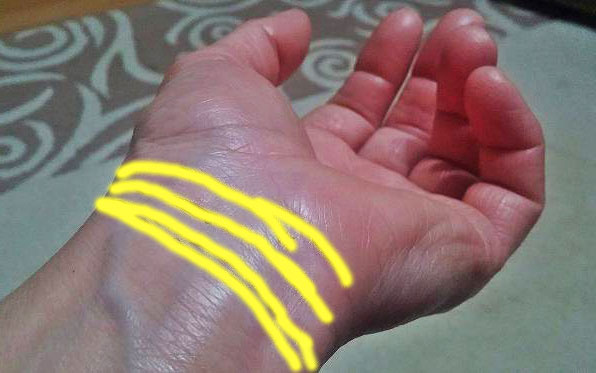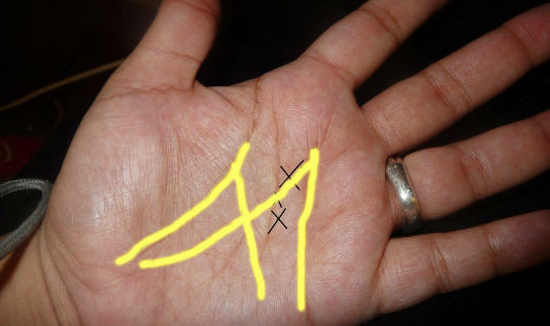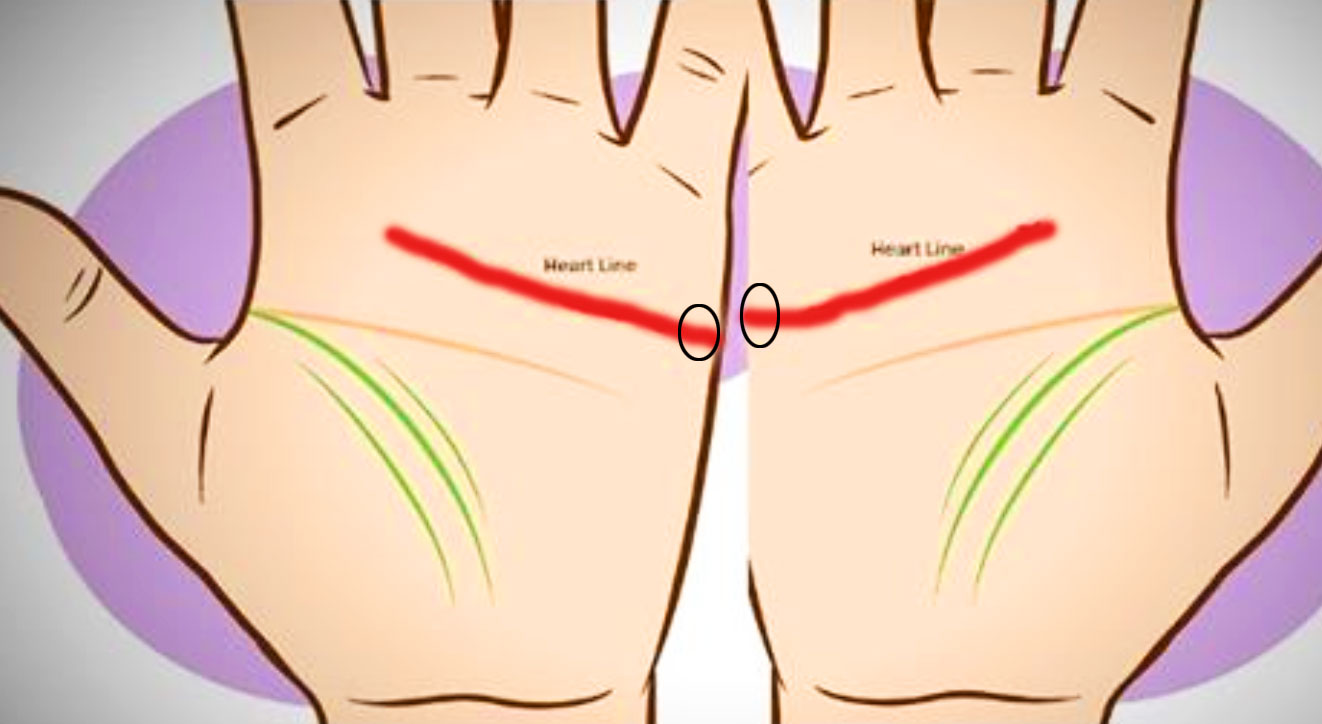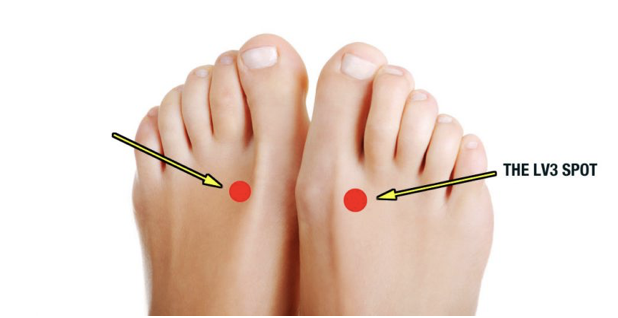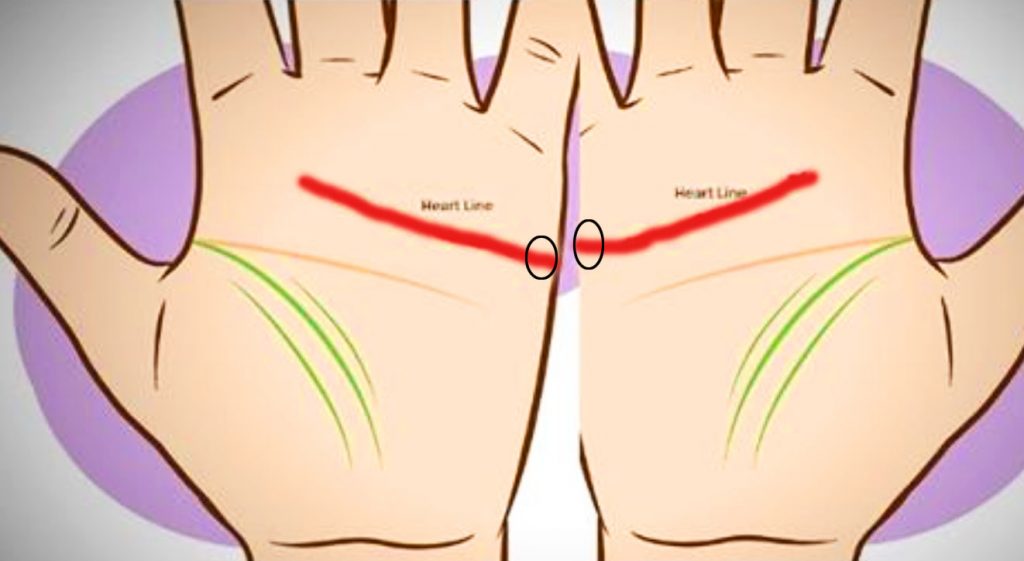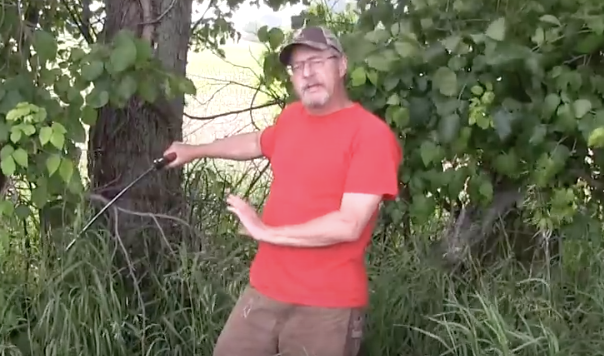
Poison ivy rashes are no laughing matter. They can be extremely uncomfortable, itchy, and painful. While some people have a high threshold for poison ivy and never develop a reaction, others are very sensitive to it and even the slightest contact with the plant makes them break out.
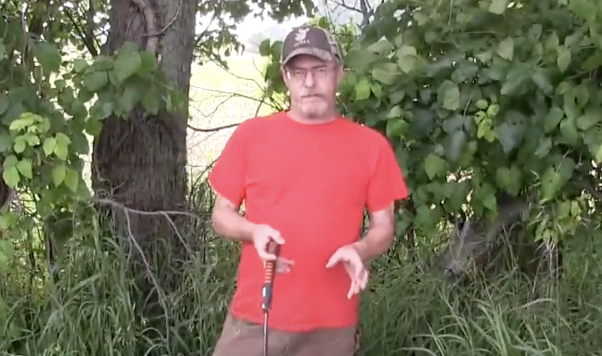
The best way to avoid a rash is to avoid the pant, but that’s not always feasible. Poison ivy reactions are caused by urushiol, an oily resin, that’s found on the stems and leaves of the plant. Whatever comes into contact with the oil can further spread it.
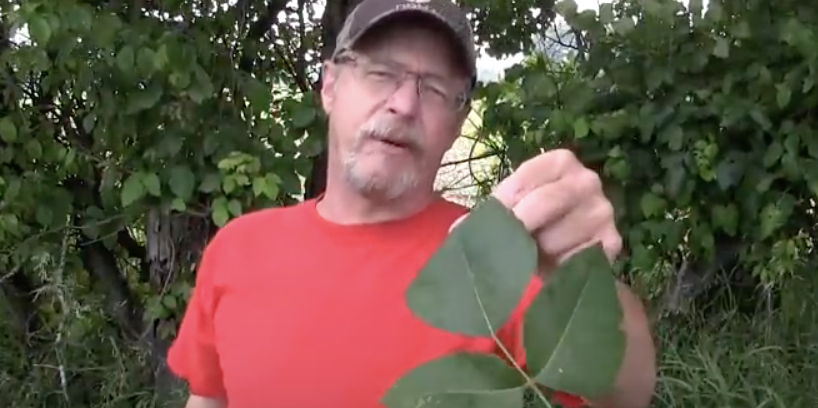
For example, if you drive over some plants it will get on the tires, then if you touch the tires it can get on your skin. Other common things that it may contaminate are gardening tools, rakes, chainsaws, tires, and clothing.
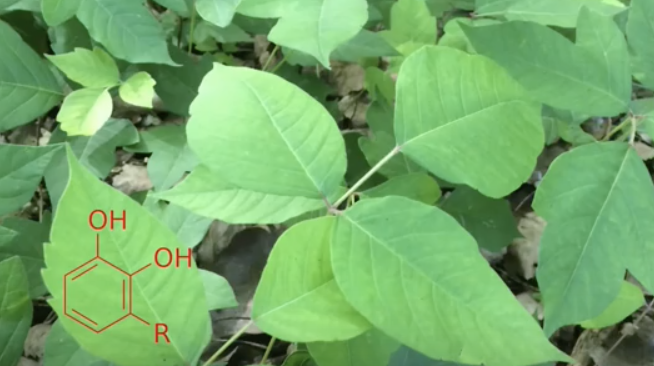
In this video, scientist and wildlife enthusiast Jim Brauker explains the best technique for minimizing your chances of developing a nasty rash. He says that if you ever do come into contact with poison ivy, or suspect you may have, then you need to wash the oil off your skin within 2-8 hours, the sooner the better.
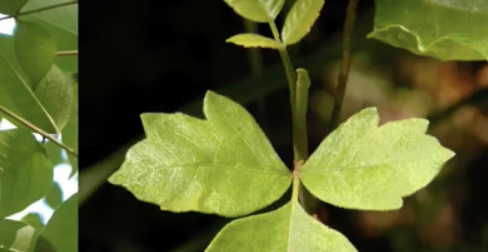
You should use cold water, soap, and a washcloth to help get it completely off your body. The key is to use a washcloth, which provides the necessary friction, on all possibly contaminated areas of your body. A washcloth, loofah, or towel is what works best to pick up and remove all of the oil.
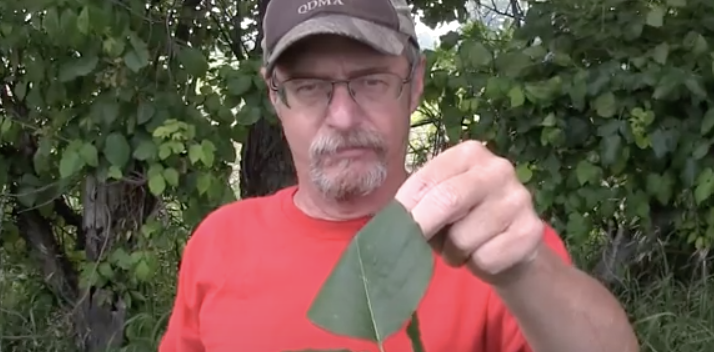
It doesn’t matter what soap you use but never wash with hot water since it opens up pores and allows the urushiol in. Ideally, you should try to avoid the plant in the first place, so you need to know how to identify it. “Leaves of three, let them be.
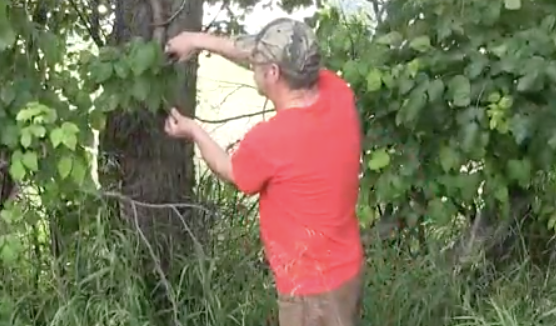
Leaves of five, let them thrive.” The first part of this old saying provides a helpful way to remember how to identify a poison ivy plant, and thus avoid it. The second part serves to help prevent other similar looking vine plants from wrongly being associated or confused with poison ivy.

There are additional sayings which provide more details and definitive ways to identify the plant, they include “longer middle stem, don’t touch them” and “hairy vine, no friend of mine.” Out of the three leaves the middle one sports a longer stem than the two side ones and the vines have lots of small ‘hairs’ that it uses to stick to things as it climbs.
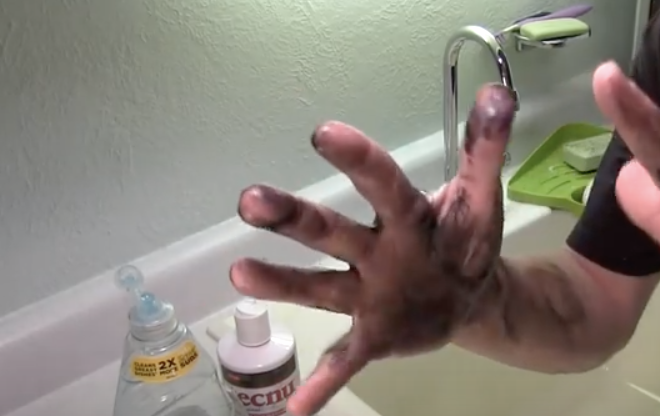
That’s important to know because the leaves fall off in the fall/winter but the stems, roots, and vines can still all give you a rash because they too contain the urushiol oil. Other things to look for are glossy leaves with smooth or toothed edges and in late summer the plants sometimes grow white berry clusters.
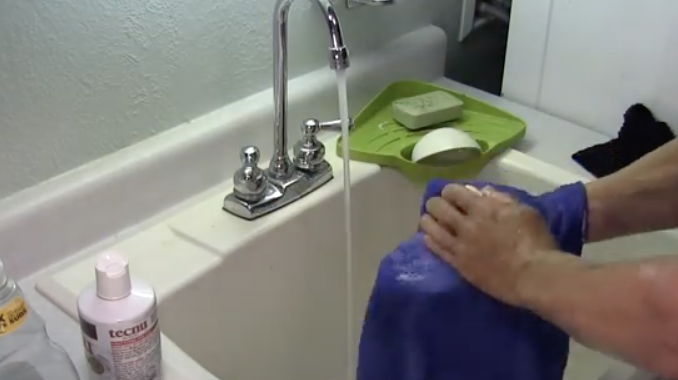
Please Share This Poison Ivy Trick With Family and Friends

